3 Best Blackout Blinds (& What’s Right For You)
A good night’s sleep is invaluable.
But the harsh sun or bright city lights often prevent us from getting the restful shuteye we need.
Blackout blinds are the ideal solution.
Blocking nearly 100% of light, they’re great for night shift workers bedrooms, nurseries and other spaces that require near complete darkness, no matter the time of day or night.
If you’re thinking of installing blackout blinds, here’s our quick guide to the best blackout blinds on the market and the spaces they suit best.
3 Best Blackout Blinds For Windows
1. Internal Roller Blinds
Blackout roller blinds are a practical and unobtrusive window covering ideal for bedrooms, home theatres, boardrooms, nurseries and other rooms where light block and privacy is important. They consist of a single sheet of blackout fabric that rolls up or down depending on your preference.
With specially designed headboxes, compressible brush seals and aluminium side channels, Helioscreen’s blackout roller blinds take a space from bright to near complete darkness in seconds.
As well as blocking light, blackout blinds are great for thermal control. They keep your home cool and comfortable in summer and retain the warmth during winter, enhancing the energy efficiency of your home.
2. External Roller Blinds
Designed to control the entry of natural light, heat and glare, external blackout blinds are a great alternative to indoor roller blinds. Made with durable and stylish blockout fabrics, they’re ideal for shading bedrooms, decks, patios, meeting rooms and home theatres.
Outdoor blackout blinds attach to the external façade of the building, preventing up to 90% of heat and light from entering the room. They stop the hot sun seeping through the windows, creating a more comfortable indoor environment and significantly reducing the strain on your HVAC systems.
3. Venetian Blinds
External venetian blinds are another popular window covering for residential and commercial buildings. They’re made of horizontal slats that easily raise, lower or tilt to allow full control over light, privacy and temperature.
While they don’t allow for complete light block, the benefits of external venetian blinds are endless. They’re flexible, durable and reflect up to 90% of the sun’s heat and glare, keeping your space cool and comfortable during sweltering Aussie summers.
Venetian blinds are a popular addition to many homes and businesses, well-suited to sheltering bedrooms, decks, offices, courtyards and living areas.
Choose Australia’s Leading Blackout Blind Supplier
When choosing blackout blinds for your home or business, it’s important to prioritise a durable and functional system that will provide a long-lasting sun protection.
Helioscreen is Australia’s leading supplier of blackout blinds for a variety of residential and commercial applications. Contact us for more information.



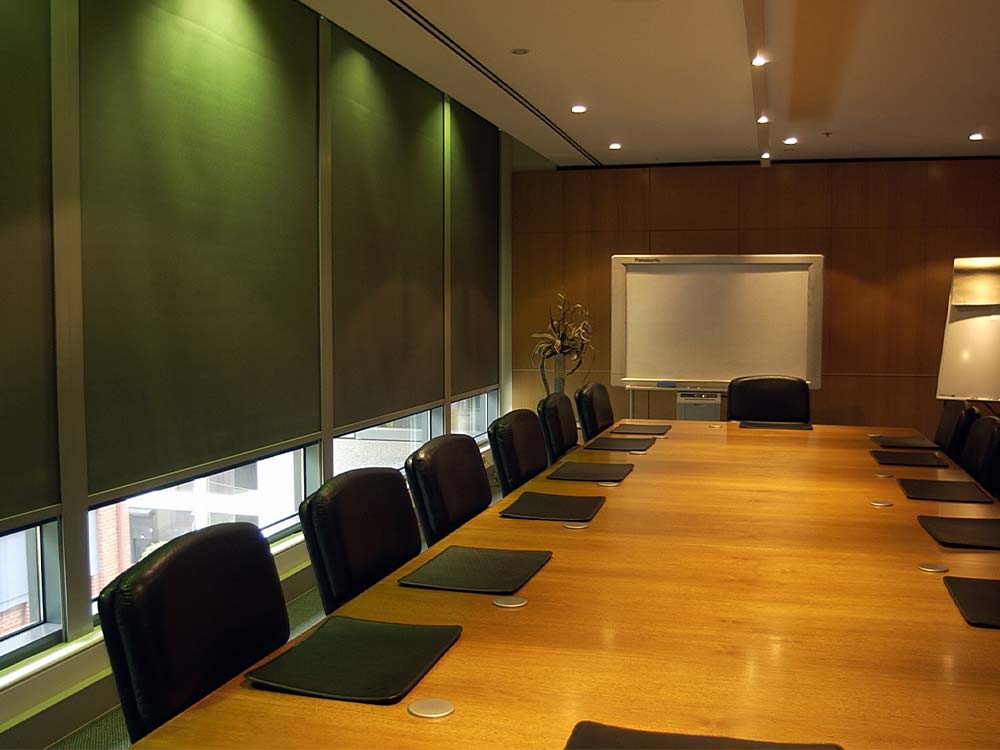
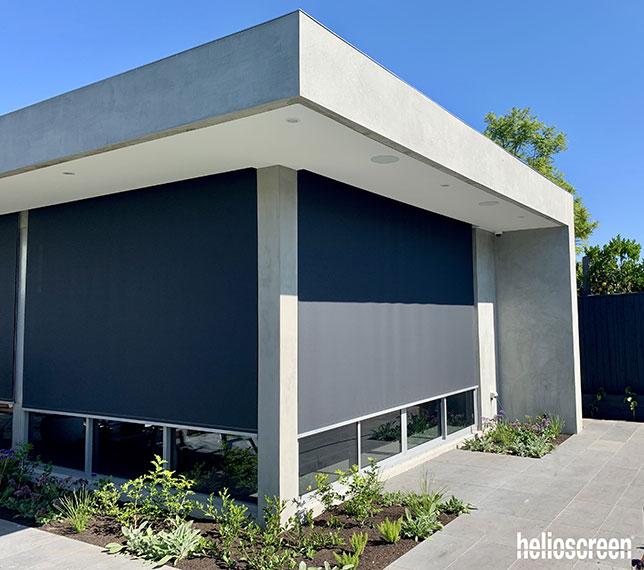
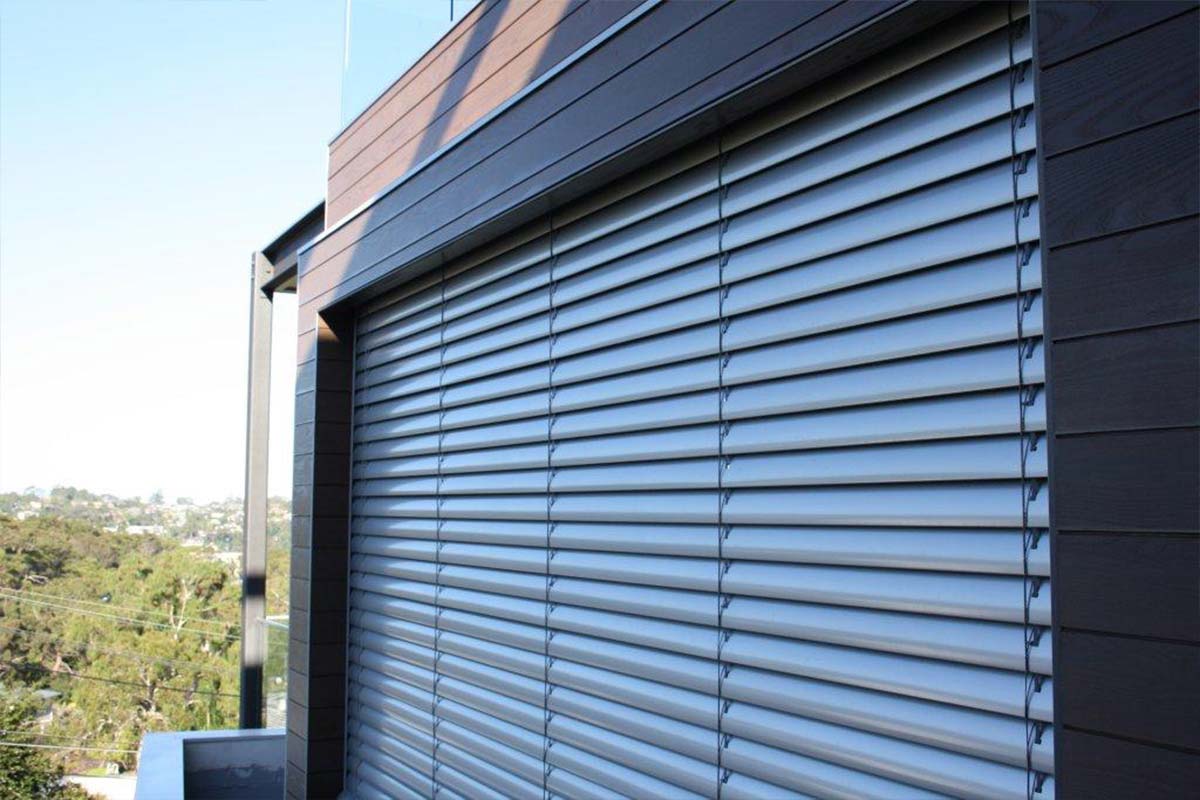

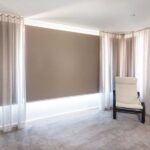
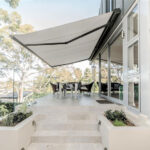
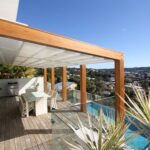
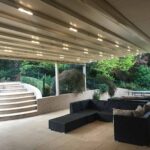
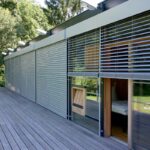
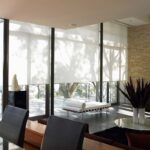
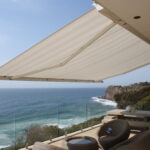
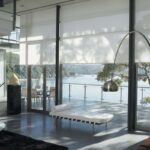
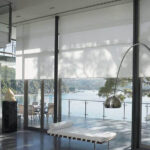
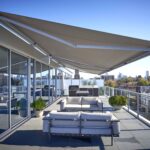
Sorry, the comment form is closed at this time.